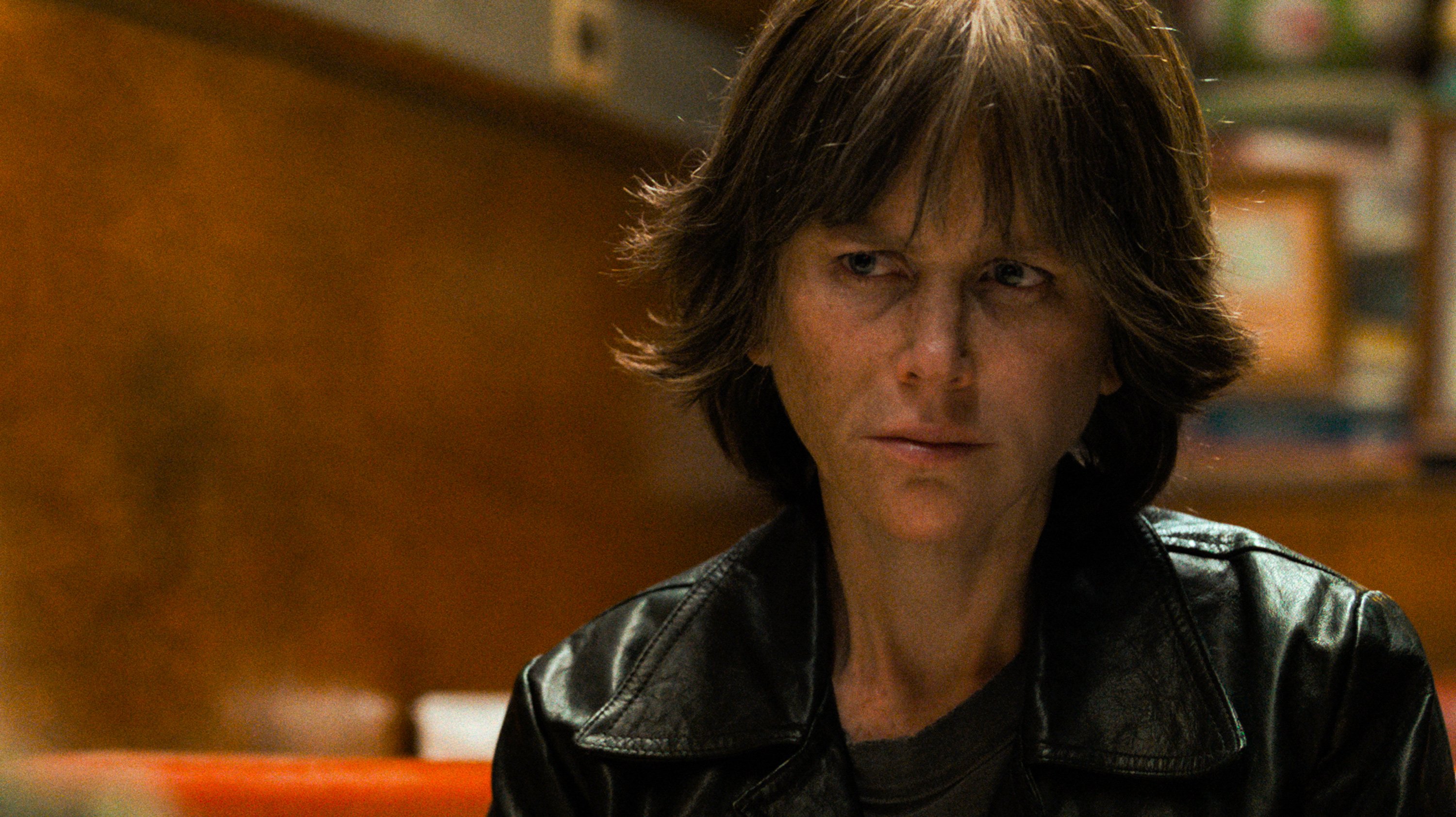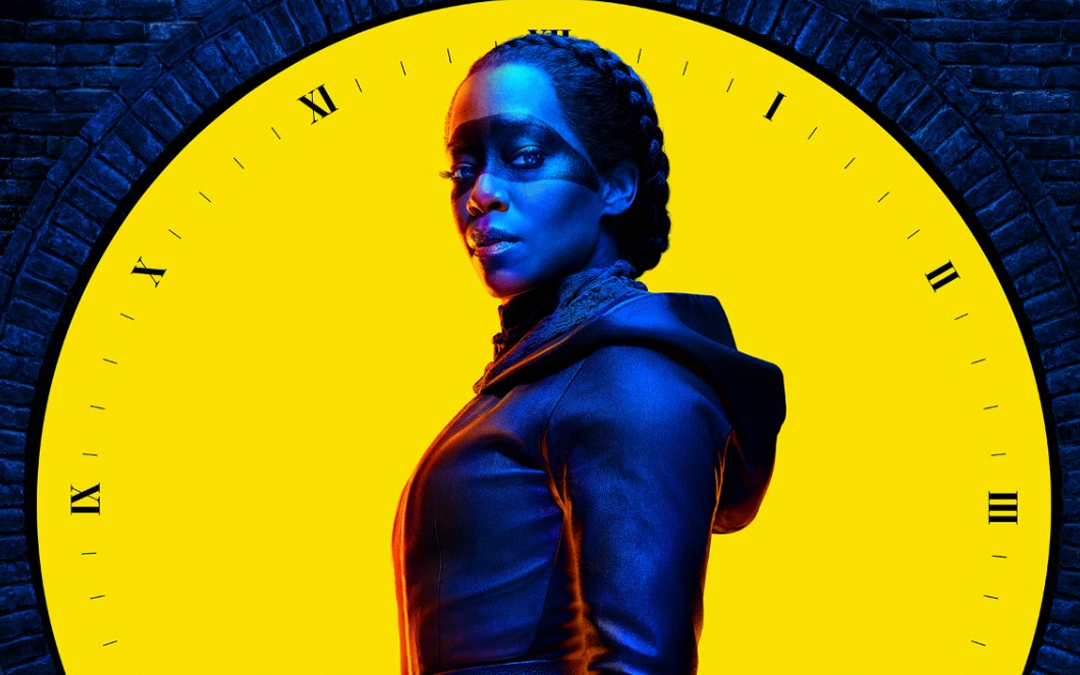All The Write Moves: 'Where’d You Go, Bernadette'
September 9, 2019
Some popular novels beg for cinematic adaptation because their stories are shaped like movies, with clear beginning/middle/end plots and ample visual potential. Popular novels that are more literary in nature present greater adaptation challenges. The recent Richard Linklater movie Where’d You Go, Bernadette, based upon Maria Semple’s novel of the same name, illustrates why.
Despite being made by an acclaimed director and despite starring the formidable Cate Blanchett, the movie version of Bernadette has been savaged by most critics. While it is true that the movie version of Bernadette features strange structural choices and tonal shifts, the picture is far from the misfire that bad reviews suggest. Like most of Linklater’s pictures, Bernadette is compassionate and offbeat. It’s not wholly satisfying but it is wildly different from most movies.
Celebrating what works in the film version of Bernadette — the script for which is credited to Linklater, Holly Gent and Vincent Palmo Jr. — requires some caveats. First, the nonlinear nature of Semple’s novel necessitated significant structural changes. Second, much of the film’s strength emanates from dazzling performances by Blanchett and newcomer Emma Nelson. Third, lauding the picture’s effective elements does not preclude acknowledging flaws.
Moving through moods
The first act of Linklater’s Bernadette is whimsical, establishing the title character’s unique lifestyle. Bernadette Fox (Blanchett) is an affluent, brilliant and deeply troubled woman living in a decaying Seattle mansion with her tech-millionaire husband, Elgin Branch (Billy Crudup), and their preternaturally wise 15-year-old daughter, Bee (Nelson). Excepting her family, Bernadette has difficulty communicating with people and leaves her house only when necessary. She also obsessively communicates via e-mail with an assistant named Manjula, who operates out of an office in India, entrusting the assistant with nearly every conceivable task that Bernadette needs completed.
As troubling as Bernadette’s circumstances are, the first act presents her life as a sort of playful adventure, situating her neuroses as quirks rather than signs of something worse. This changes very quickly in a pivotal scene (to be discussed shortly) that redefines Bernadette’s issues as symptoms of mental illness. Accordingly, the second act of the picture is as dramatic as the first act is comedic, a tonal shift sure to give some unsuspecting viewers whiplash.
Linklater takes another sharp turn in the third act, which dramatizes Bernadette’s disappearance and Bee’s subsequent quest to find her mother. The third act plays like a lighthearted chase. To say that Linklater tries a lot of different things in Bernadette is an understatement. His ambition comes at a cost, because for everything that works along the way, something else does not.
The best argument in favor of Linklater’s narrative wanderlust involves contextualizing the movie within his overall filmography. He’s always been more interested in people than plots, and, generally speaking, he has such deep empathy for his characters that he’s reluctant to present anyone as a pure villain. The latter fact probably explains major changes to how Elgin is characterized in the novel. The former fact definitely explains why Linklater flows from one mood to the next as the film progresses, even if doing so disrupts tonal consistency.
Linklater tries in his films to emulate the unpredictable rhythms of life, rather than the predictable rhythms of mainstream storytelling. This is both the greatest strength and the greatest weakness of the movie version of Bernadette. Especially for those who see the film without having read the novel, the experience has the potential for being engrossing, frustrating and surprising, but never dull. Sorting it all out afterward? That’s a different matter.
Takeaway: Defying narrative conventions yields results that can be more interesting than they are satisfying.
Let’s talk
Few filmmakers are as comfortable filling the screen with unfettered dialogue as Linklater, and he cheerfully dives down the all-talk rabbit hole during one of Bernadette’s most effective scenes, alluded to earlier as the juncture between the comedic and dramatic sections of the film.
In the cross-cut sequence, Bernadette shares a long lunch with a former mentor (played by Laurence Fishburne) while Elgin, in a separate location, shares his concerns about Bernadette with a therapist (played by Judy Greer). This brilliant sequence juxtaposes a demonstration of Bernadette’s troubling behavior with Elgin’s unvarnished reaction to that behavior. Even as Bernadette monologues at a frenetic pace about her anxieties and pet peeves, Elgin lists all the ways in which Bernadette has drifted from normalcy to emotional isolation.
By turns, the sequence is funny, painful and tiresome, with the last quality of special importance — we, the viewers, must feel exhausted once Bernadette finishes her rant, because the rant proves that Elgin is right about at least one thing. Bernadette has become trapped inside her mind, and something needs to pull her back or she will be lost forever to madness.
A reasonable argument could be made that this sequence represents lazy screenwriting, in as much as it violates the old “show, don’t tell” rule. Yet it also represents truly personal screenwriting. Despite not having invented the character of Bernadette, and despite not having been the first (or last) screenwriter to work on the project, Linklater channeled Bernadette through his own prism. Collaborators have said that Linklater processes the world through conversation, so it naturally follows that conversation is the tool he uses to reveal the fissures in Bernadette’s relationship with her husband.
Takeaway: Scenes comprising only dialogue lack cinematic flair, but they can deliver profound character insights.
The disappearance of a disappearance
Perhaps the most radical page-to-screen change in Bernadette is the transposition of Bernadette’s disappearance from the opening of the story (as in the novel) to the late middle of the story. Nearly as radical is Linklater’s choice to almost completely eradicate mystery surrounding the disappearance. Minor spoilers follow.
In the book, Bernadette disappears very early, and then Bee (Bernadette’s daughter) spends nearly the entire book searching for her mother. In the movie, we see Bernadette take every step of her journey away from her family, so we’re never in the dark about her location. Thus, while we can still empathize with Bee’s anguish, we don’t follow along with her process of connecting clues.
As noted before, Linklater is not a filmmaker who cares about plot. Clearly, tracking Bernadette’s escapade with full knowledge of her prior circumstances helped Linklater achieve his narrative and thematic goals more effectively than rendering a mystery. Put another way, Linklater seems to perceive enough mystery inside the human soul than an external plot contrivance felt superfluous.
In a roundabout way, this nuance gets to the very core of the adaptation process. Inevitably, this process involves transforming the original artifact (the book) into something new (a movie). In this case, Semple’s book explores Bee’s discovery of her mother’s identity, whereas the movie explores Bernadette’s rediscovery of her own identity. While the movie excludes some harsh episodes from the novel, it adds visual flourishes — such as sweeping vistas of glaciers during Bernadette’s climactic trip to the Antarctic — that the novel, by its nature as a written form, cannot replicate.
And that’s the crux of adaptation — for every unit of added value, very often some unit of commensurate value is taken away. The conundrum of Linklater’s Where’d You Go, Bernadette is that for some viewers, the math doesn’t work out in Linklater’s favor, which is to say the movie seems like it’s missing something. Nonetheless, it has a panoply of curiosities. For some adventurous viewers, that may be enough.
Takeaway: Adapting a book is matter of transformation, not just transcription.
Written by: Peter Hanson
Peter Hanson is a Los Angeles-based writer, filmmaker and teacher. He directed the screenwriting documentary Tales from the Script, and he teaches at Pepperdine University and UCLA Extension. He provides script consulting at www.GrandRiverFilms.com.- Topics:
- Discussing TV & Film




